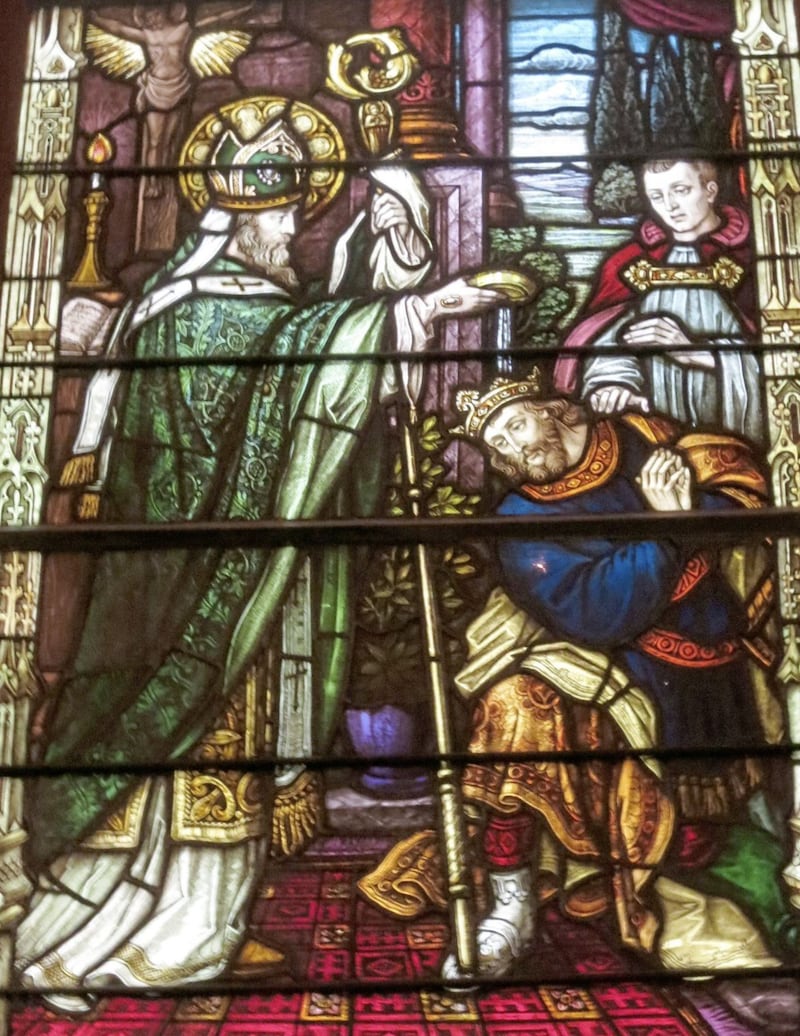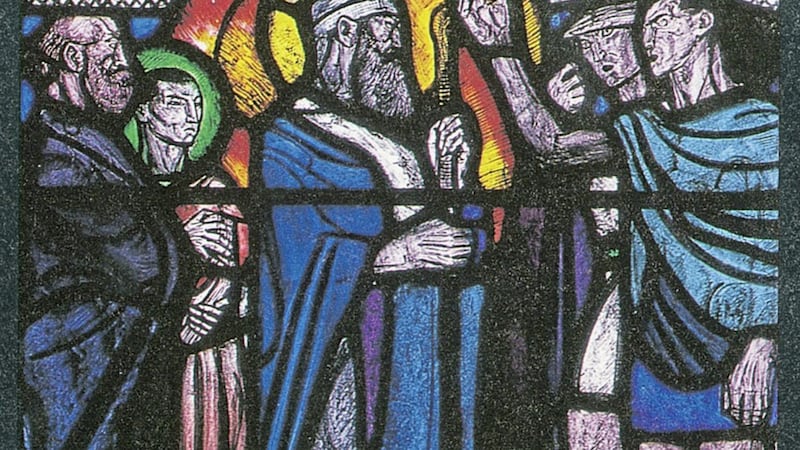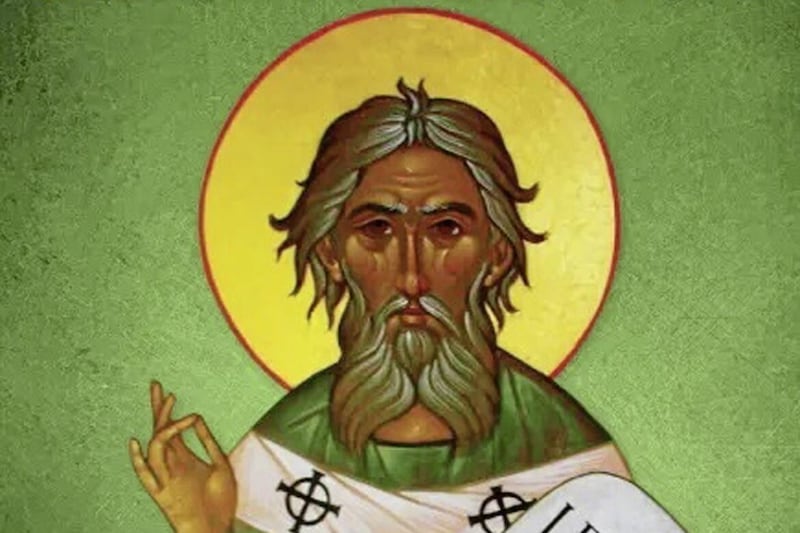IN the Roman calendar of saints, Patrick is one of the most popular of all.
He is venerated everywhere that Irish men and women are found, which is probably every country in the world.
As well as being the patron saint of Ireland he is the patron saint of Nigeria and - somewhat bizarrely - of engineers.
His feast day is celebrated on March 17 and he has become almost a personification of Ireland itself.
So much has been written about St Patrick, his life and background, that it is difficult to distinguish between fact and fiction.
The saint himself, the most humble and self-effacing of men, would surely have been bemused if he had known he was destined to excite controversy, dissension and discord among successive generations of learned scholars in their attempts to tease out the details of his life and ministry.
The principal sources relating to Patrick are two works which are indisputably from his own hand - the Confessio and the Letter to Coroticus.
Unfortunately they are not autobiographical in the accepted sense of the word.
The Confessio was written towards the end of the saint's life and is really more a defence of his mission in Ireland and of his methods, attitudes and lifestyle there than it is an attempt to relate his life story.
The Letter to Coroticus is even less revealing in terms of biographical detail, its main purpose being a denunciation of Coroticus and his soldiers for their cruelty in killing and carrying off some of Patrick's recent converts.
Muirchú's Life of St Patrick and Tirechán's Collectanea were both written in the 7th century.
Even though neither can positively tell us about the period in which Patrick lived, they do show us a lot about the period in which they were composed, the 7th century and the beliefs about Patrick at that time.
In that sense they are probably as accurate as can be expected given the sources available.
What, then, can we say with reasonable certainty about St Patrick from the material available?
From Patrick's own writings we know that he was a native of Roman Britain, the son of Calpurnius of the village of Bannavem Taberniae.
At the age of 16 he was captured by Irish raiders along with thousands of others and spent six years in captivity tending flocks in the woods and on the mountain.
During this time he experienced a religious conversion, having been negligent about spiritual matters in his youth.
Patrick's mission in Ireland was an outstanding success. He baptised thousands - both kings and commoners - and journeyed everywhere, braving many dangers and difficulties
He eventually escaped and made his way back to Britain where he had a vision in which he was called back to Ireland.
Nowhere in the Confessio or Letter does St Patrick tell us where he received his ecclesiastical training, but Muirchú in his Vita asserts that it was with Germanus at Auxerre. He may also have journeyed to the island of Lérins off the French Mediterranean coast.
Patrick's mission in Ireland was an outstanding success. He baptised thousands - both kings and commoners - and journeyed everywhere, braving many dangers and difficulties.
It is probable that his missionary work was confined to the northern, western and midlands area of the country.
There are many imponderables in the life of Patrick but, far from deterring scholars who write about him, it has only served to whet their appetite.
Reams could be written - indeed have been and probably will continue to be - in endeavours to unravel the scant information we have about details of his life.
For example, where was Bannavem Taberniae? Where was the Wood of Foclut whose people called Patrick back to Ireland?
Where did he spend his years of captivity - Slemish or Mayo? What were the dates of his mission to Ireland? Did he come to Ireland in 432 and die in 461, which is the traditional narrative, or did he arrive in Ireland in 461 and die around 490?
Were there two Patricks, as Professor T.F. O'Rahilly argued so brilliantly in 1942 when he floated the idea that the histories of Palladius and Patrick had become conflated?
These are just some of the problems with which Patrician scholars have grappled over the years, and the answers are as elusive today as they were in the past.
Given Patrick's popularity, it is scarcely surprising that he features frequently in works of art, especially Church art.
In the stained glass window from St Cedma's Church in Larne, Patrick is featured confronting the messengers sent by King Laoghaire to enquire who had the audacity to light a fire before the king's right to initiate the pagan festival by lighting the sacred fire at Tara. The window was designed by Wilhelmina Geddes.

St Patrick is also featured in this stained glass window in St Patrick's Church, Columbus, Ohio.
As recounted in Tirechán's Tripartite Life, when he was baptising Oengus, King of Cashel, Patrick inadvertently drove the spike of his crozier through the king's foot.
The king, thinking it was part of the ceremony, endured the suffering without complaint.
Frank Rogers is the author of The Story of Ireland in Stained Glass and The History of the Convent Chapel, Enniskillen.








